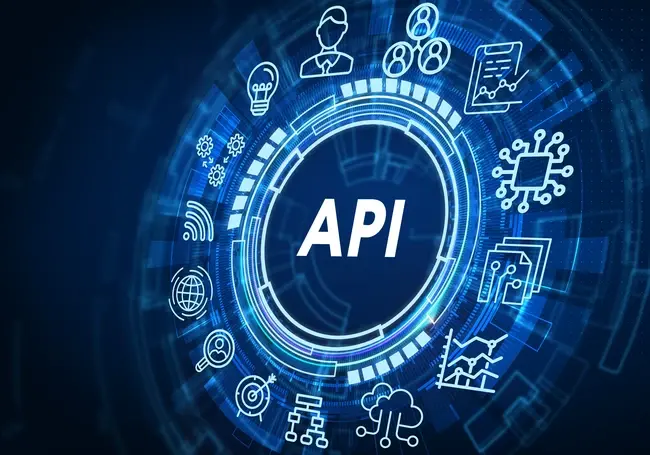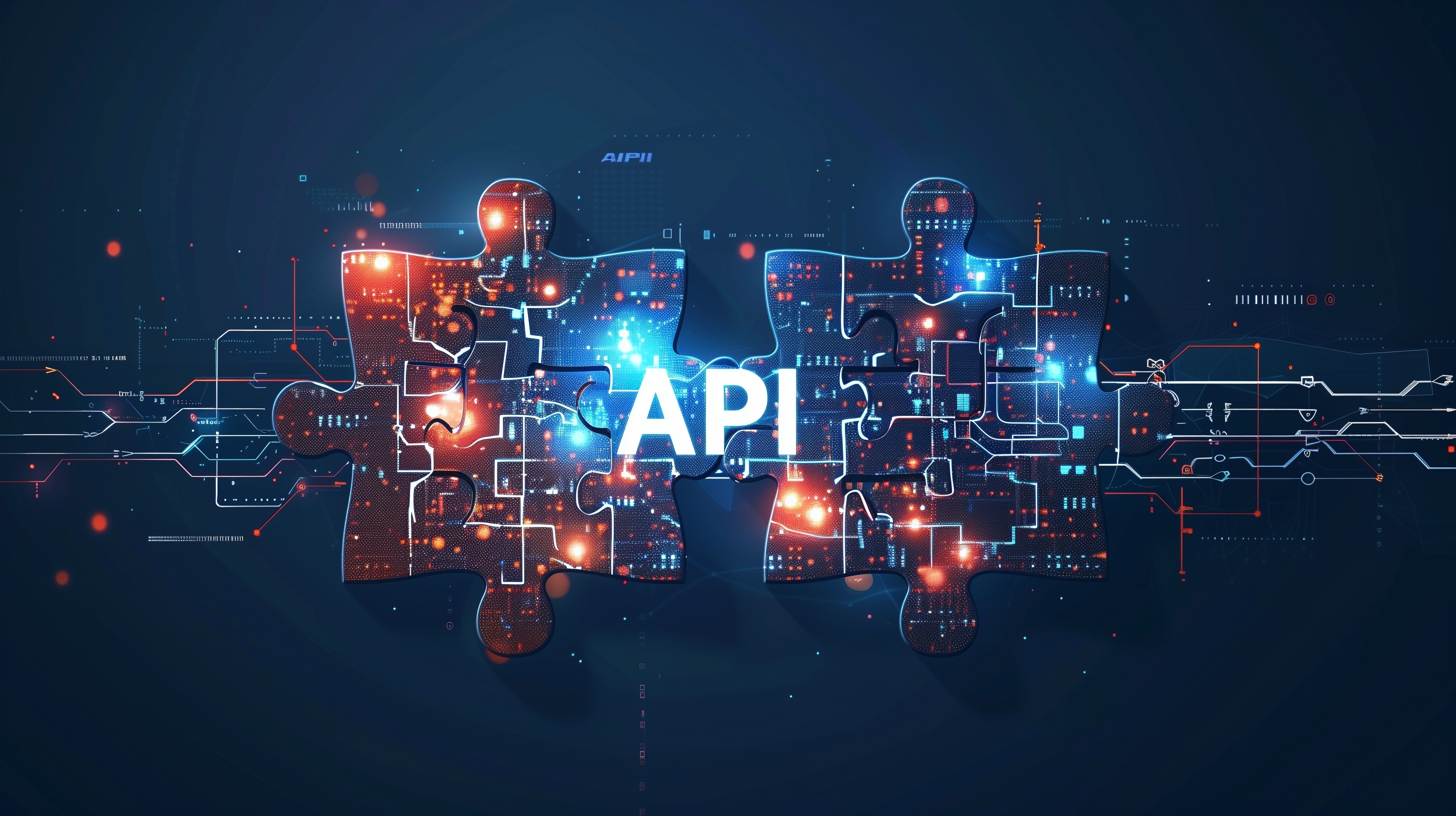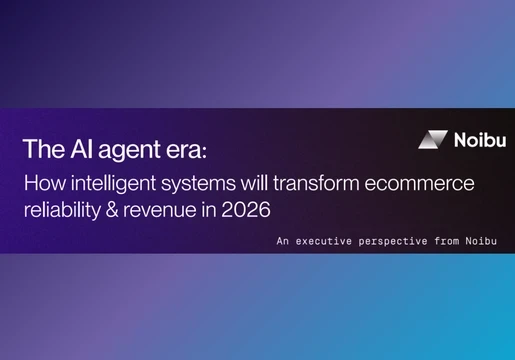More organisations than ever before are making use of API. In fact, research by Gartner found that 71% of digital businesses are using APIs created by third parties. At its most basic level, it allows separate systems to interact with each other. More widely — when it comes to enabling integration — creating new revenue streams and enhancing customer experiences, they are increasingly seen by technical leaders as critical drivers of business success.
But what is an API and how do they work at a technical level? And what could this mean for your wider business? Here, we’ll go through everything you need to know.

Essential API Definition: What Does API Stand For?
An API stands for Application Programming Interface. Breaking this down helps you appreciate how they work and what they’re for…
- Application refers to any software program designed to perform specific tasks or functions.
- Programming relates to the process of code creation and software development.
- Interface indicates a direct point of action between two or more different computing systems or components, allowing them to communicate with each other.
So how do these elements come together?
An API is basically a set of rules which allows different software apps to communicate and interact with each other. It acts as a kind of intermediary, allowing one application to access specific functions or types of data from another — according to very specific rules — and without needing to understand its internal workings.
An API example in an enterprise setting
Let’s imagine you have a financial planning and analytics platform in play within your business. The platform can draw on live market data to facilitate real-time forecasting. It receives this data from a server owned by a separate service provider using an API.
It defines how your planning software can request market data, e.g. how often it can submit requests, what categories of data can be accessed, the method of extraction and transfer, and how the server will respond. All of this helps to give you a smooth, efficient, and predictable way to access the information you need.
The Technical Perspective: What Is an API in Programming?
An API is made up of several key components that come together to allow separate software applications to interact with each other. These components include the following:
Endpoints
In IT management, an ‘endpoint’ is a physical or virtual device that connects to a network. In the world of APIs however, endpoint has a different, more specific meaning.
In this context, endpoints refer to specific URLs that serve as access points for interacting with the API. Each endpoint corresponds with a particular type of function. For instance, if you are using an API in order for your accounts app to extract data from a customer relationship management (CRM) platform, the endpoint retrieves a list of customers.
HTTP Methods
These are standard operations that define the action to be performed. Some common methods include the following:
- GET: Retrieve data from the target server
- POST: Submit new data to the server
- PUT: Update existing data by replacing it
- PATCH: Modify existing data partially
- DELETE: Remove data from the server
Requests
A request is the actual instruction sent to the API’s endpoint by the application initiating the interaction (i.e., the client). Each request includes:
- A header comprising metadata which provides context relating to the request (e.g. the type of content required).
- Parameters conveying additional information relating to the request (e.g. sorting instructions, data field specification, and format/structure details).
- Body (optional). This is the data payload. It’s relevant in POST, PUT, or PATCH requests where you are asking to add or replace data on the target server.
Responses
The response is the message returned by the server to the client after the request has been processed. It indicates the outcome of the request (e.g., 200 for success, 404 for not found). In the case of GET requests, the data required is contained in the body of this response message.

How do APIs work?
Here’s a summary of these various elements come together:
- The client initiates a request to a specific API endpoint, using a particular method.
- The API server receives the request and verifies it.
- If valid, the API processes this request, performing the desired action, before sending a response back to the client.
API Security: What Is an API Key?
APIs are designed to provide simple and secure ways to make data accessible across separate applications. In a lot of use cases, this data is sensitive in nature (e.g. personal, corporate or financial). It’s vital that the API is able to verify that the client submitting a request is authorised to do so.
This is where keys come in.
An API key is a randomly generated string of characters used to authenticate clients. When an app initiates contact with an API, a key is contained in the message (usually within the header). If this key matches the relevant programme, the API then actions the request. If not, it is denied, and a rejection message is sent.
However, one significant limitation of API keys is that they can only identify a specific application but cannot validate individual users.
For user ID and authentication, authentication tokens (or API tokens) provide an additional layer of security. Comprising a small extract of code, these are assigned to specific users, often with limited scope to grant access to specific information for a limited time period.
As the API is an external program, organisations must be cautious about how they could cause a data breach. Performing your own due diligence and keeping on top of your own keys and tokens can help mitigate any breaches to your data.
The Wider Organisational Perspective: What is the API Economy?
APIs are technical enablers, making it possible for disparate systems to interact with each other. At the same time, they can also be revenue-generators. In fact, according to Postman’s latest State of the API Report, 62% of developers say that APIs are responsible for directly generating income for their organisations.
For leaders in both IT and product development, this provides an opportunity. It’s worth considering that they’re not just as solutions to solve discrete technical problems, but also as something to design and develop as strategic business assets.
Gartner was one of the first organisations to characterise this broad trend as the “API economy”. This idea recognises the fact that these keys make it easier to connect not just systems, but also people and places, to create new products, services, and even entirely new business models.
To understand all of this, here’s a closer look at how APIs can translate into business benefits:
Benefits of APIs
Integration of backend systems for increased efficiency
APIs enabled the connection of systems such as Enterprise Resource Planning (ERP) with other applications. This helps you eliminate the need for manual ‘lifting and shifting’ of data, along with the likelihood of manual data entry errors.
By linking financial systems with, for example, supplier management tools, you can open the door to automating processes such as accounts payable and receivable. The result? More efficient workflows, and more accurate and timely information flow across departments.
Enhanced visibility across supply chains
APIs can perform a crucial role in linking up your own backend systems with those of third parties. For example, if a manufacturer is able to connect their systems with those of their suppliers and logistics partners, this facilitates the exchange of data in real-time relating to things like inventory levels, shipment tracking, and delivery schedules.
All of this helps to give you a clearer, more joined-up view of operations, helping you identify supply chain bottlenecks earlier, and reduce lead times.
A stronger customer experience
It’s now the norm for customers to interact with the companies they do business with through multiple channels. This is especially prevalent for retail brands, but is increasingly becoming true to sectors as diverse as financial services, technology, healthcare, and B2B services.
Very often, this involves a combination of digital and physical touchpoints. 90% of customers expect consistent interactions across channels. APIs can help you deliver this.
To illustrate this, let’s take the example of an IT helpdesk service provider. Key systems in play here may include a customer relationship management (CRM) system for managing customer interactions, and separate tools for processing support tickets and scheduling technicians’ tasks. By integrating these various systems through APIs, support agents get a clearer view of customer profiles and provide more personalised, context-aware assistance.
Likewise, if APIs are used to connect various communication channels in play (email, chat, and social media, for instance), it ensures that user enquiries from across all different channels are consolidated, providing a seamless, efficient support experience.
Supporting digital transformation with APIs
A Deloitte study from 2024 showed that 82% of companies fail to meet their cost reduction goals, with outdated technological infrastructure cited as the most significant complication. A further survey suggested that around a quarter of businesses view legacy technology as a barrier to transformation.
Most tech leaders see the value of digital transformation for boosting efficiency and building more resilient businesses. For a sizable number of organisations, however, it seems that the presence of legacy tech is a blocker to enacting change.
A fairly common scenario is where businesses feel that digital transformation projects are non-viable, because of deeply-embedded, proprietary software in place that is too difficult (or costly) to jettison.
In these circumstances, APIs have a valuable role to play. Notably, they allow legacy systems to interact with contemporary applications, without extensive code modifications, preserving existing functionality, while enabling new capabilities. They also enable the extraction of data from legacy systems, converting it into new formats compatible with modern applications and databases, ensuring smooth data migration and interoperability.
On first glance, if you think a particular digital transformation initiative is too difficult to contemplate within your existing IT ecosystem, an API could be the key to ‘bridging the gap’ between old and new tech.

API Use Cases
Making it possible for information to flow more freely and securely between systems, keys can open the door to new activities and revenue streams. Here are a few recent trends which illustrate what’s possible through API-led innovation.
APIs and embedded finance
You might not class your business as fintech, it could make sense to build financial capabilities into your existing offering. This is one of the key areas where APIs equip businesses to innovate, through an approach popularly referred to as “embedded finance”, defined by McKinsey as, “the placing of a financial product in a non-financial experience, journey, or platform”.
APIs can connect your business directly with financial institutions, allowing you to incorporate financial services (e.g. debit cards, banking services, or insurance) directly into your own platform, without having to build technical infrastructure from scratch, and without having to obtain banking licenses.
For example, let’s say your product comprises an app that enables businesses to manage cash flow, and issues alerts when the user is about to go overdrawn. Through API integration with a financial institution, the embedded finance approach can potentially offer short-term finance right at the point of need, helping you enrich your existing product offering.
APIs and big data
From details relating to customer service interactions, social media, employee performance logs, through to operational data from production lines (to name just a few sources), it’s almost certainly the case that the sheer volume and variety of data generated across your organisation has increased significantly — even when compared to just a few years ago.
As most tech leaders appreciate, if you can harness this data and analyse it, there is huge potential to produce valuable insights, highlight inefficiencies, and enhance decision-making across your business. But, despite this, a recent study suggests that 68% of enterprise data goes unused, indicating a significant missed opportunity.
APIs provide the essential foundation for big data utilisation, enabling you to gather data from various platforms, applications, and services, and consolidate it into a centralised system.
APIs Are Changing the Future of Enterprise Tech
On one level, by allowing separate systems to interact effectively with each other, APIs can provide the answer to numerous discrete problems across a technical ecosystem.
But, at the same time, it’s important not to overlook the strategic value of APIs. Linking not just applications, but also people, geographical locations, services, and data sources, it can significantly widen the scope of what your organisation is capable of.







Comments ( 0 )